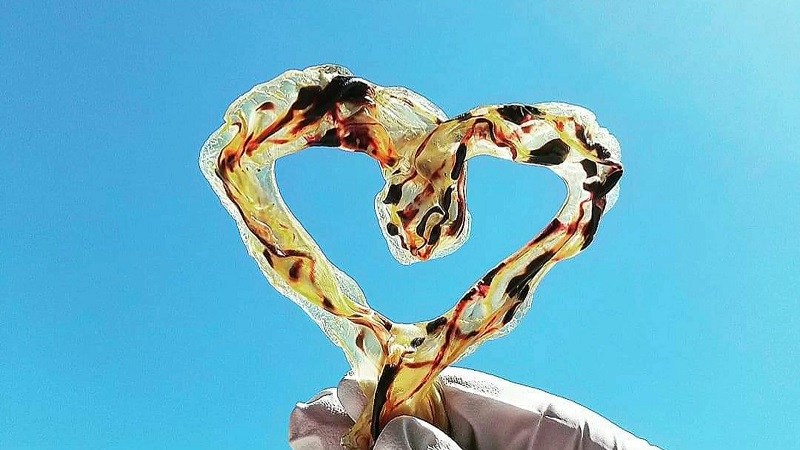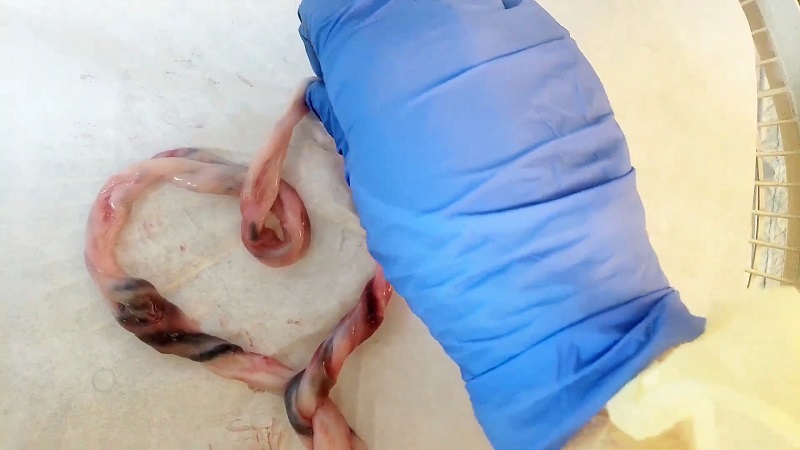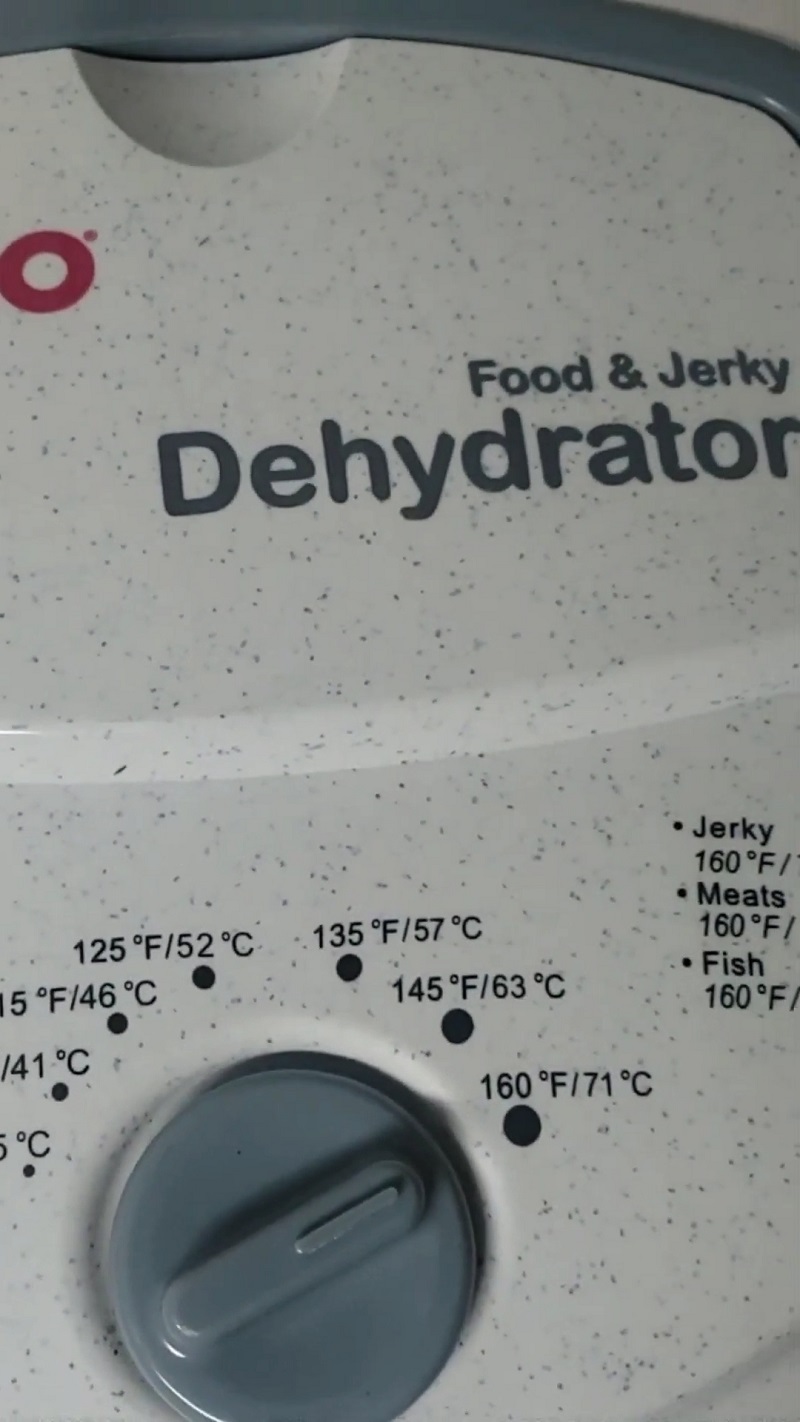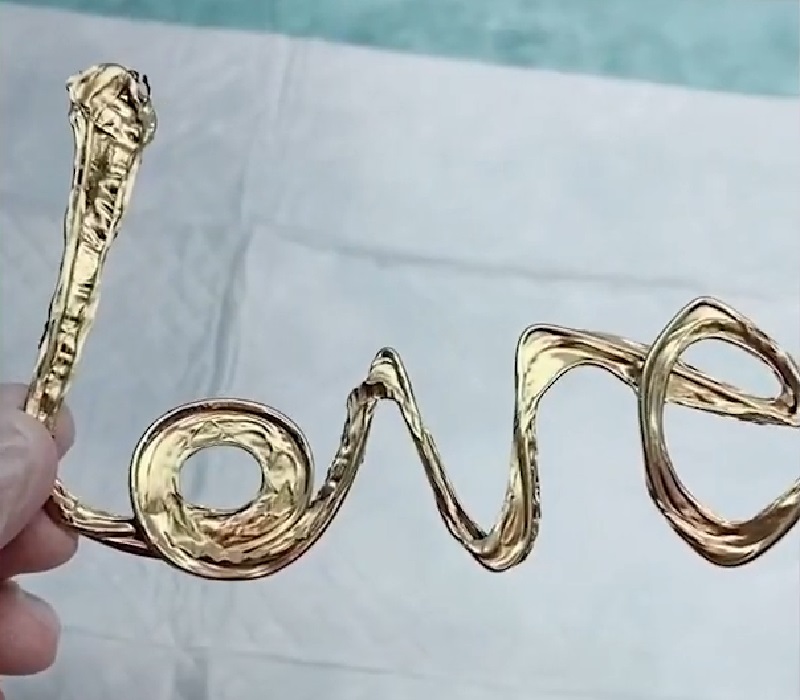Creating an umbilical cord keepsake gives families a unique way to honor one of the most powerful physical connections between a mother and her baby. The cord served as a vital lifeline throughout pregnancy, transferring oxygen and nutrients essential for fetal development.
Many parents now choose to preserve that symbol in the form of a carefully shaped and dried keepsake.
What Is an Umbilical Cord Keepsake?

An umbilical cord keepsake is a preserved piece of the cord that once connected the baby to the placenta. It is cleaned, shaped, and dehydrated until fully dried, then stored as a permanent reminder of the bond created during pregnancy.
Common shapes include hearts, spirals, the word “love,” or even the baby’s initials. Each form reflects the uniqueness of the child and the emotions tied to birth.
Why Families Choose to Keep the Cord
The motivation stems from emotional value, spiritual symbolism, and a desire to honor the maternal experience. Many mothers express a deep need to commemorate the life-giving connection that the cord provided. Some cultures have honored the umbilical cord for centuries, treating it as sacred.
In contemporary practice, families use keepsakes for memory boxes, shadow boxes, or even framed displays in nurseries.
Steps to Make an Umbilical Cord Keepsake at Home
Parents can choose to create their own keepsake with care and precision. The following steps help guide the process:
1. Prepare the Cord
- Cut the cord as close as possible to the base of the placenta.
- Rinse the cord gently using cool, clean water.
- Squeeze out any remaining blood by pressing with sterile gauze.
- Remove any clamps or clips with sterilized scissors or a knife.
2. Shape the Cord

- Lay the cord on parchment or non-stick greaseproof paper.
- Shape it immediately before drying, as it will harden in place.
- Most popular forms include a heart, a spiral, or alphabetic shapes like initials.
3. Dry the Cord Safely

- Use a food dehydrator set to 50°C (120°F) or lower.
- Dry the shaped cord for 8 to 10 hours until it feels bone dry.
- If using an oven, set it to the lowest temperature and dry for 6 to 10 hours.
- Do not increase temperature to speed up drying. That risks burning or deforming the cord.
4. Store the Finished Keepsake
- Once dry, place it in a cool, moisture-free container.
- Some families use glass lockets, tote pouches, memory boxes, or shadow frames.
- Keep it out of direct sunlight to prevent discoloration.
Choosing a Specialist for Keepsake Preparation
Families who prefer professional handling can contact certified placenta remedy specialists. These professionals have training in sanitation, preservation, and artistic shaping. The IPEN (Independent Placenta Encapsulation Network) provide directories of accredited practitioners who offer cord keepsake services along with placenta encapsulation and tincture preparation.
Certified specialists follow strict guidelines and hold insurance. They work with sterile tools in temperature-controlled environments. Families receive the keepsake sealed and preserved with care, along with their selected remedies.
Cultural and Emotional Importance of the Umbilical Cord
In many traditions, the cord represents more than a physical connection. It symbolizes maternal strength, protection, and the gift of life. Some cultures bury the cord near the family home. Others preserve it to protect the child spiritually or for future rites of passage.
Modern families often express emotional healing through keepsake creation. The process allows reflection on birth and parenthood. It becomes a form of celebration, memorial, and honor wrapped into one physical item.
Safety Tips for Keepsake Creation
- Use gloves and sterile tools during preparation.
- Ensure full dehydration before storing to prevent mold or decay.
- Label your keepsake with your child’s birth date.
- Avoid using plastic containers without airflow if not fully dry.
Ethical Considerations and Health Regulations
In some regions, placenta and cord preservation services fall under public health regulations. The UK has increased oversight of placenta remedies businesses. Professionals must meet hygiene standards, disposal guidelines, and client safety measures. Families should always ask for credentials before selecting a service provider.
Other Keepsake Options with the Cord

In addition to a dried umbilical cord charm, some specialists offer creative alternatives:
- Resin casting to embed the shaped cord in clear resin.
- Jewelry designs with the cord encased in pendants or rings.
- Artistic framing with a photograph and the keepsake side-by-side.
- Custom engraving on display boxes with the baby’s name and birth date.
Each option adds personalization and a deeper connection to the memory of birth.
Final Thoughts
The umbilical cord keepsake carries meaning that extends far beyond its simple form. It captures a bond that began in the womb and continues throughout life. Creating or commissioning one allows parents to celebrate that connection in a tangible, lasting way.
Crafting the keepsake involves both care and intention. Drying and shaping the cord transforms it into a memory object, rich with personal significance. Families seeking a meaningful tribute to the earliest days of life will find that an umbilical cord keepsake offers a permanent piece of their child’s origin.
For parents looking to create their own keepsake or work with a certified specialist, the Placenta Remedies Network and IPEN provide trusted guidance and referrals.

